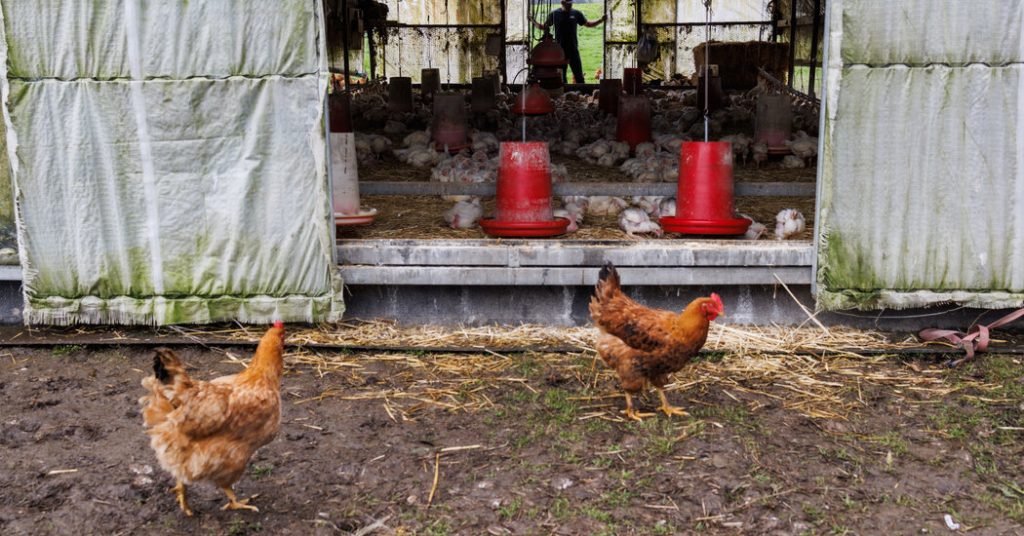A highly lethal form of avian influenza has been circulating globally since 2021, resulting in the deaths of tens of millions of birds and significant losses for poultry farmers in the United States. The outbreak has also affected dairy cows in several states and at least one person in Texas. Last year, the Department of Agriculture paid poultry producers over half a billion dollars for the birds they were forced to slaughter due to the flu strain H5N1. The compensation program aims to encourage farms to report outbreaks quickly, but critics argue that it may perpetuate problematic farming practices and increase the risk of future outbreaks.
The culling of birds is often done in a way that causes unnecessary suffering, raising concerns from veterinarians and animal welfare organizations. Large food companies like Jennie-O Turkey Store and Tyson Foods have received millions in indemnification funds from the government, despite reporting billions in profits. These payments have been criticized for reinforcing a flawed system of corporate subsidies and failing to incentivize changes in farming practices that could reduce the risk of disease outbreaks.
The avian flu outbreak has led to the culling of over 82 million farmed birds since February 2022. While the U.S.D.A. defends the compensation program as a way to control and eradicate the virus, critics argue that it may be encouraging the continuation of practices that contribute to the spread of disease. The industry relies on concentrated animal-feeding operations, which can increase the risk of pathogen mutation and spread due to overcrowding and intensive farming practices.
The highly pathogenic avian influenza virus has infected millions of birds in the United States, leading to significant financial losses for farmers and prompting the discussion of potential vaccination campaigns for commercial flocks. However, the industry is divided on this issue, as vaccination could result in trade restrictions that harm the poultry export sector. With the risks of the virus to humans remaining low, efforts to control the outbreak have focused on reducing the spread among animals in commercial farms.
Critics of the livestock indemnity program have raised concerns about the humane aspects of culling methods, particularly the use of ventilation shutdown, which can be cruel and inhumane. Thousands of veterinarians have called for more humane methods of depopulation, but many farms continue to use ventilation shutdown as it is inexpensive and easy to carry out. Animal welfare advocates have advocated for alternative depopulation plans that prioritize animal welfare, but the agriculture department has not yet responded to these requests.
Recent outbreaks have raised questions about the necessity of mass cullings and the effectiveness of current response strategies to avian influenza. Some farms have successfully managed the virus without resorting to culling, suggesting that alternative approaches may be needed. As the northward migration of birds continues and the risk of avian flu remains, poultry farmers are taking precautions to protect their livestock, but uncertainties remain regarding the best strategies for preventing and controlling future outbreaks.


